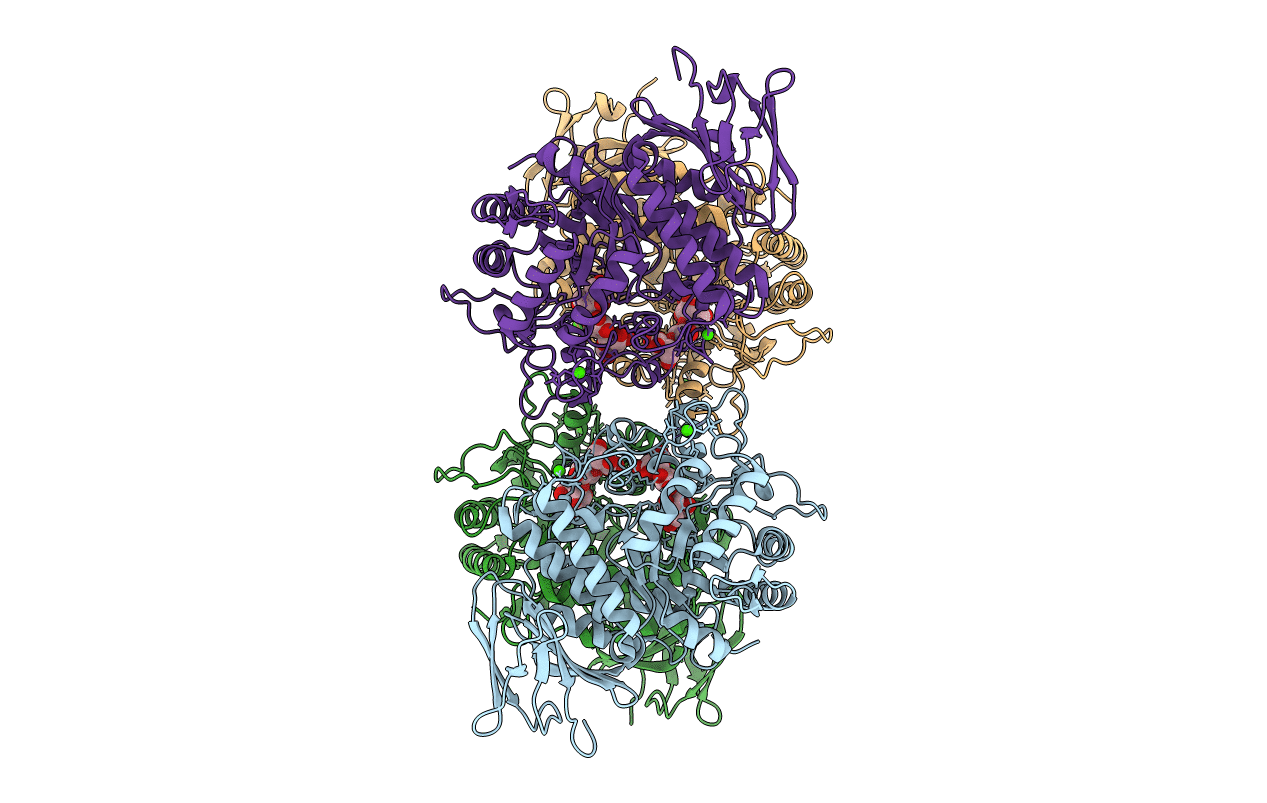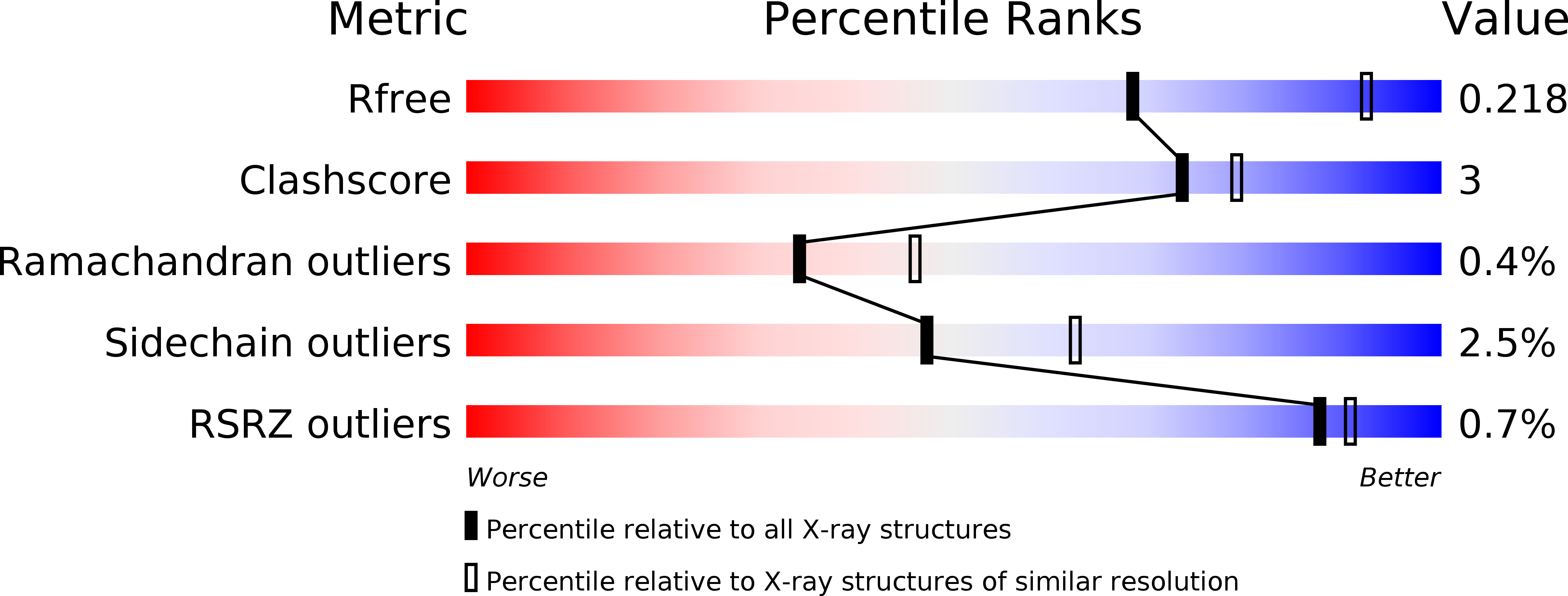
Deposition Date
2016-10-03
Release Date
2017-08-16
Last Version Date
2024-10-16
Entry Detail
Biological Source:
Source Organism:
marine metagenome (Taxon ID: 408172)
Host Organism:
Method Details:
Experimental Method:
Resolution:
2.55 Å
R-Value Free:
0.22
R-Value Work:
0.17
R-Value Observed:
0.17
Space Group:
P 1 21 1


